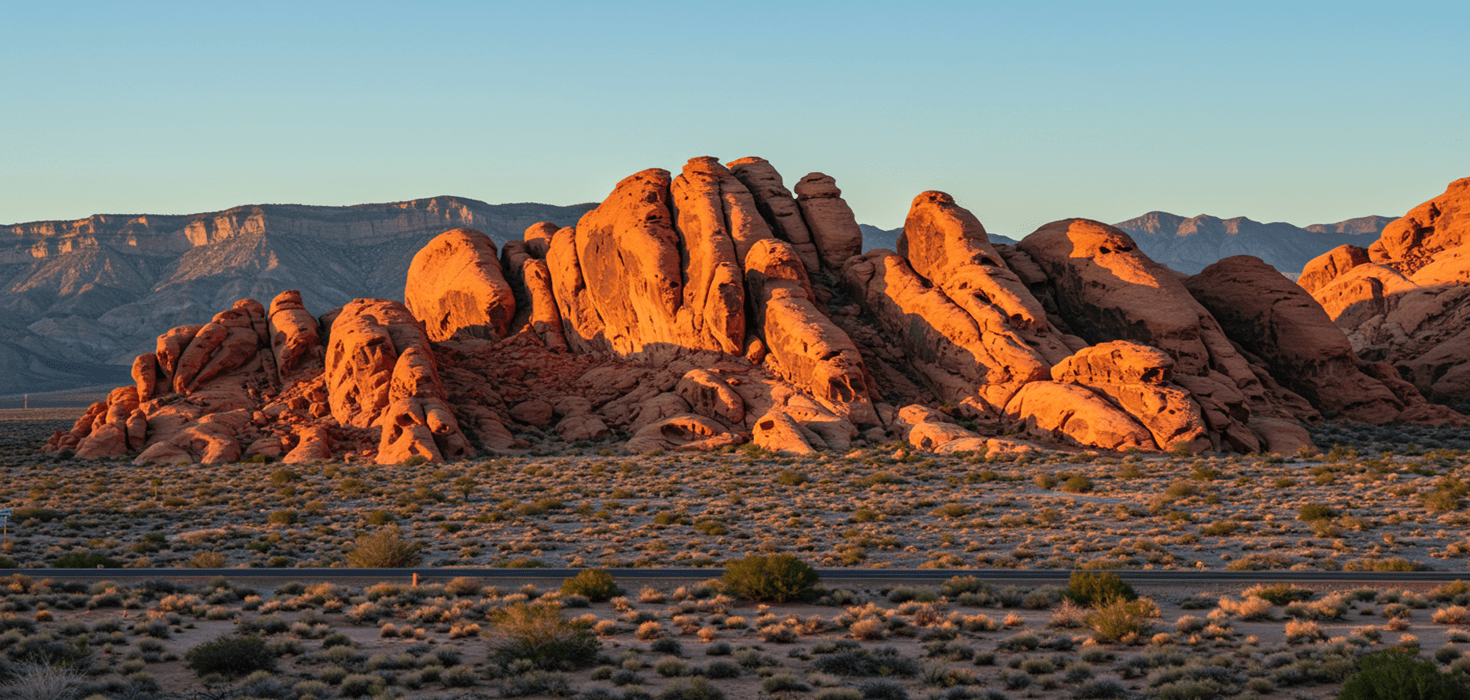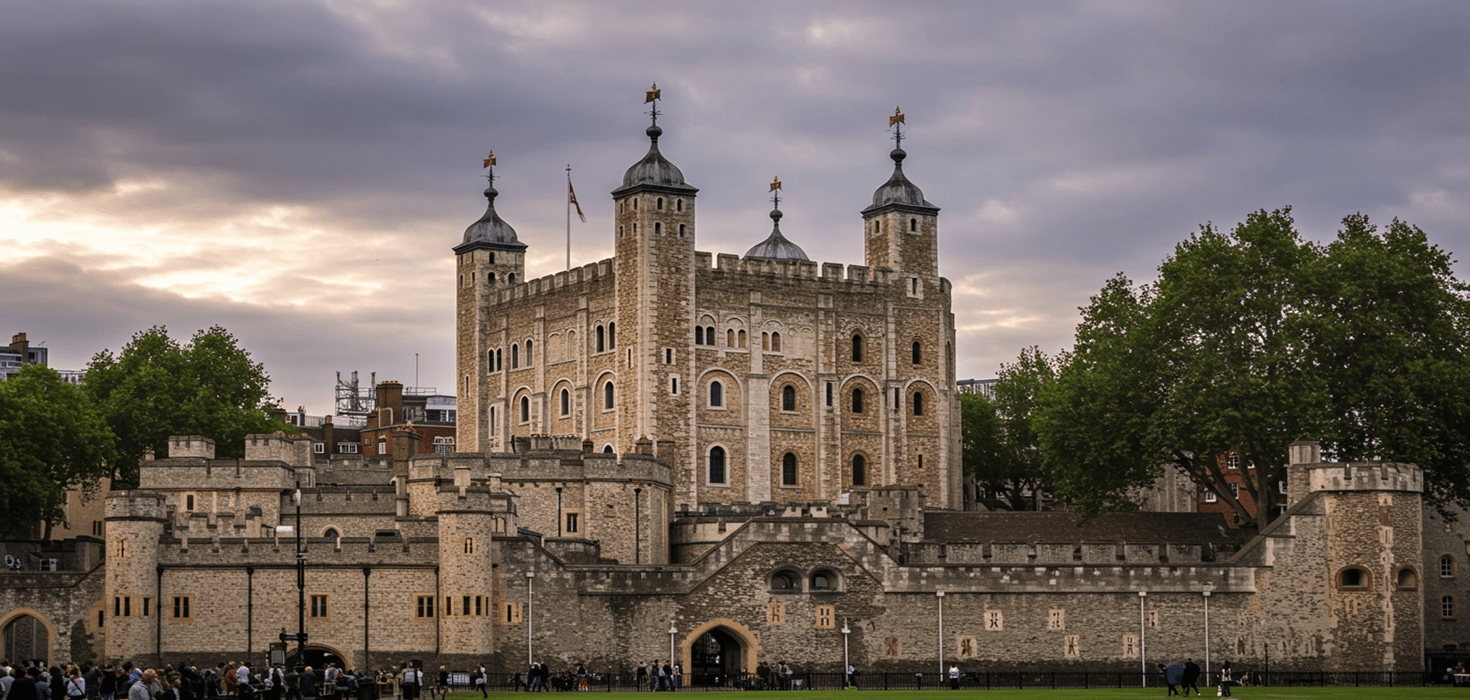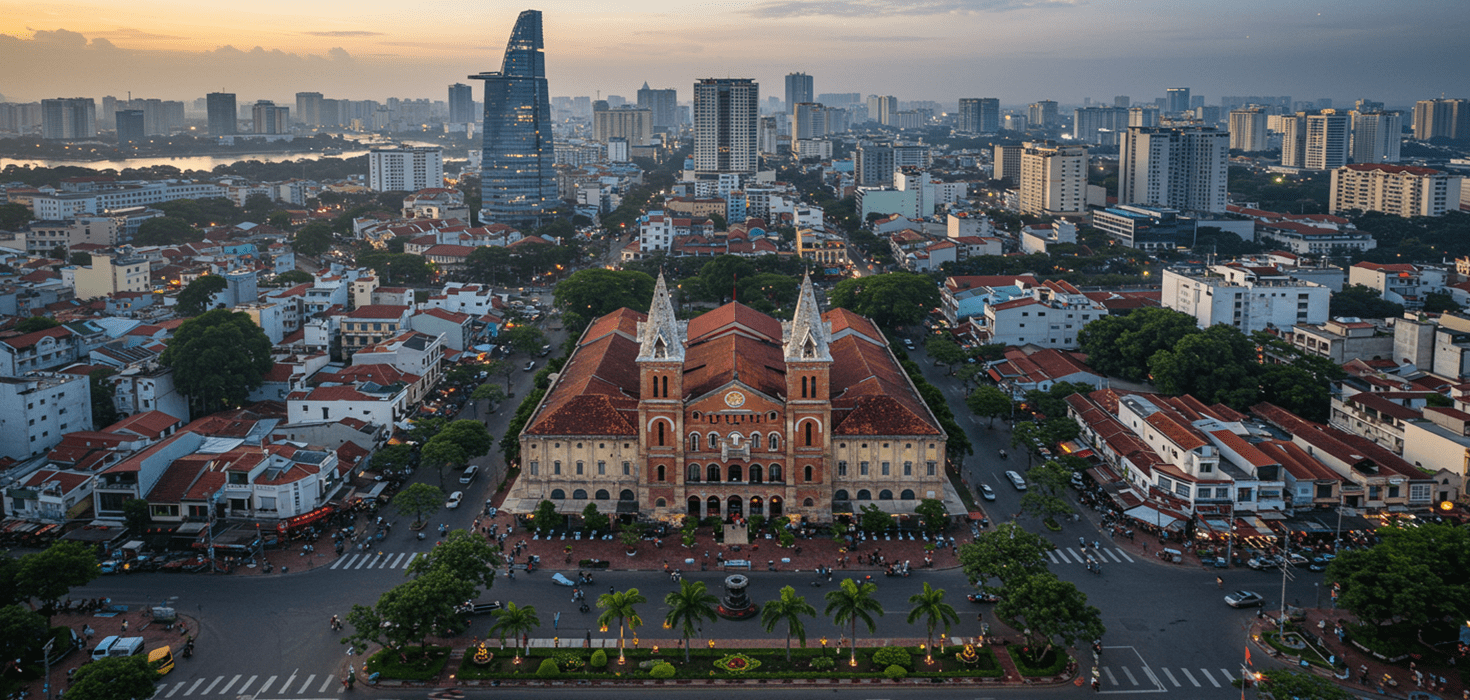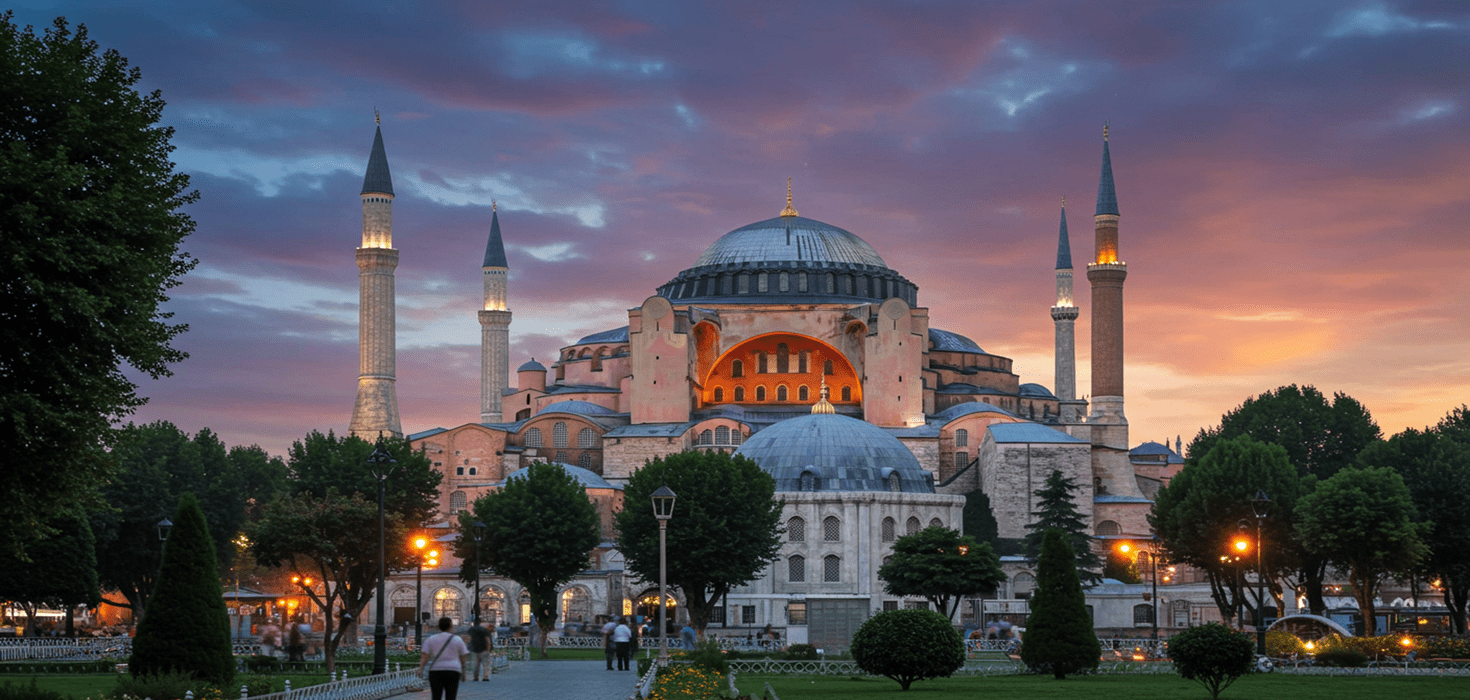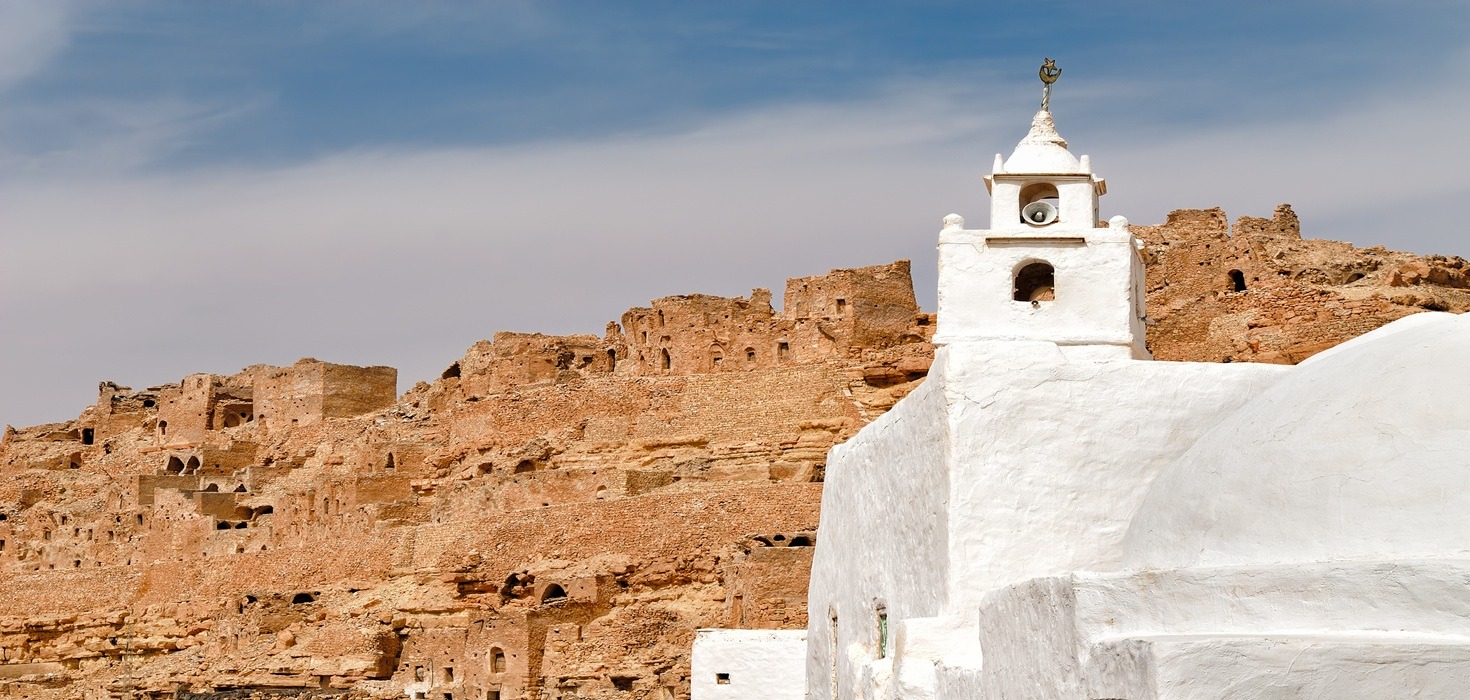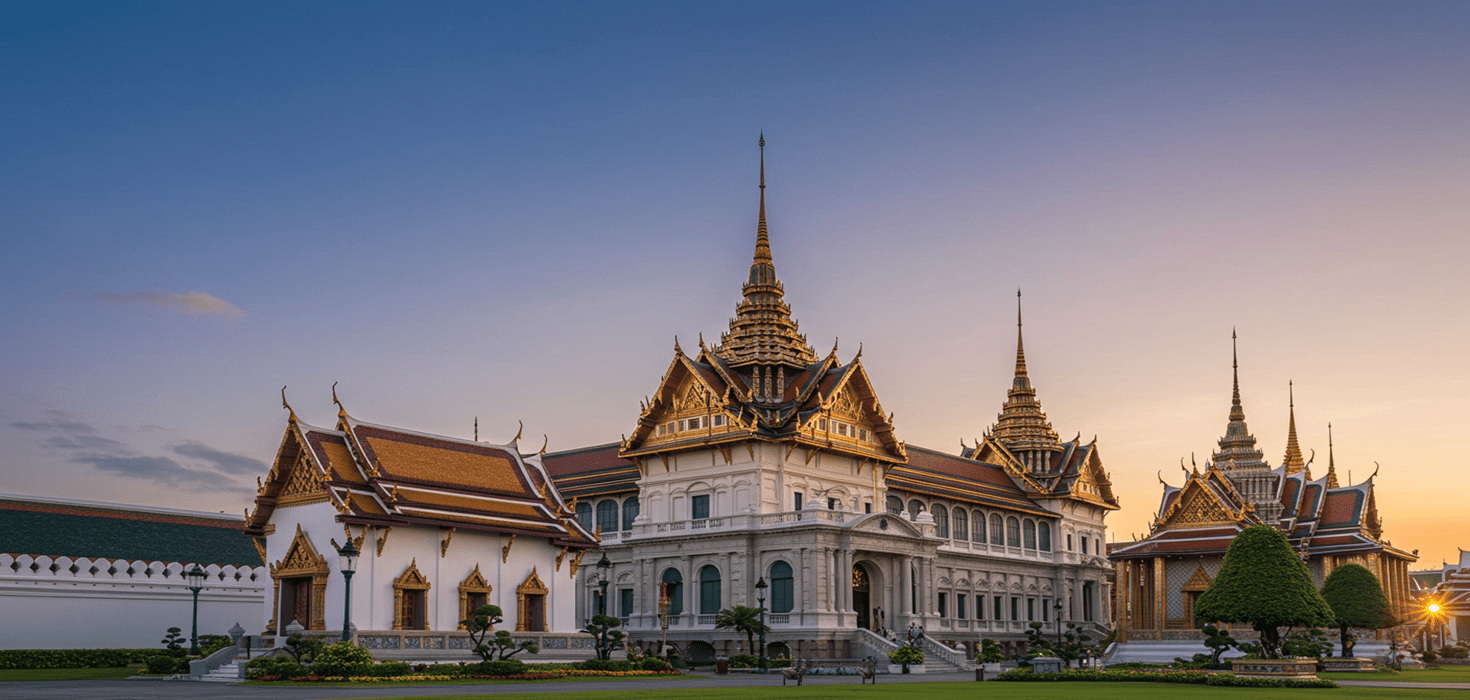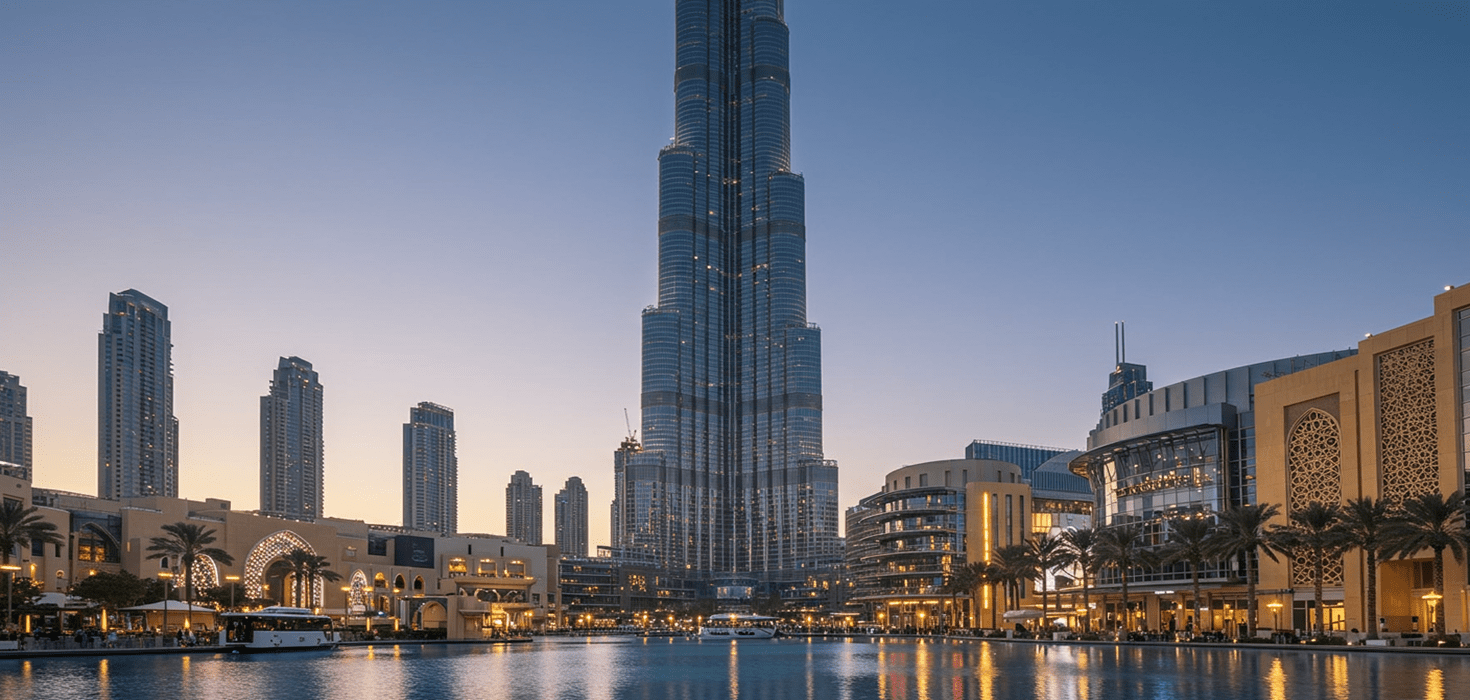Experience the Heart of India’s Festivals
India is a kaleidoscope of cultures, traditions, and celebrations, each more vibrant than the last. Festivals in India are not just events; they are a grand reflection of the country’s rich heritage and an opportunity for communities to come together in joy and reverence. From the colorful streets filled with laughter during Holi to the serene lights of Diwali illuminating homes, every festival tells a story steeped in history and tradition.
As you travel across this diverse land, you’ll discover a multitude of cultural celebrations in India that showcase the country’s incredible tapestry of customs. Each festival, whether it’s celebrated in the bustling cities or the tranquil villages, offers a unique insight into the local culture, making it an essential part of any travel experience. This article will guide you through the most significant festivals that reflect Indian culture, giving you a taste of the joyous spirit that defines this incredible nation.
The Cultural Significance of Festivals in India
Festivals in India are deeply intertwined with the country’s cultural fabric. They are moments of joy, reflection, and community bonding. Each celebration is a time-honored tradition, rich with rituals and customs that have been passed down through generations. From religious observances to seasonal harvests, these traditional festivals in India encapsulate the essence of Indian life.
Take Diwali, for instance, a festival that marks the victory of light over darkness. Homes are adorned with diyas (oil lamps), and families come together to share sweets and prayers. Then there’s Holi, the festival of colors, which breaks down barriers and brings people together in a riot of joy and laughter. Every festival has its own unique set of rituals, whether it’s the elaborate dances of Navratri or the serene prayers of Eid. These traditions are not just about celebration; they are a way to connect with the past and honor the beliefs that shape the present.
As you explore India, you’ll find that these festivals are a window into the cultural significance of festivals, showcasing the values, beliefs, and stories that define each community. Whether you’re participating in the vibrant celebrations or simply observing, each festival offers a chance to engage with the local culture in a meaningful way.
Major Festivals You Can’t Miss: A Colorful Calendar
India’s festival calendar is packed with exciting events that draw locals and tourists alike. Here are some of the major festivals you absolutely can’t miss:
Diwali: The Festival of Lights
Diwali, celebrated in October or November, is one of the most anticipated festivals in India. This five-day celebration signifies the triumph of light over darkness and good over evil. Homes are decorated with intricate rangoli designs, and the night sky is illuminated with fireworks. Each region has its own unique way of celebrating, from the grand festivities in Delhi to the quieter, more intimate observances in rural areas. Don’t forget to indulge in the delicious sweets and snacks that are an integral part of the celebrations!
Holi: The Festival of Colors
Holi, usually celebrated in March, is a joyous occasion that marks the arrival of spring. People gather to throw colored powders at each other, dance, and enjoy festive foods. The atmosphere is electric, filled with laughter and music. If you plan to join in, be sure to wear clothes you don’t mind getting messy and consider using eco-friendly colors to celebrate responsibly. Holi is a wonderful opportunity to let loose and connect with locals in a playful way.
Dussehra: The Victory of Good Over Evil
Dussehra, celebrated in September or October, commemorates the victory of Lord Rama over the demon king Ravana. The festival culminates in the dramatic reenactment of the Ramayana, with effigies of Ravana being burned in a spectacular display. It’s a festival that brings communities together, with fairs, music, and dance filling the air. Witnessing the celebrations in places like Varanasi or Mysore offers a unique glimpse into this ancient tradition.
Navratri: Nine Nights of Celebration
Navratri, a nine-night festival dedicated to the goddess Durga, is celebrated with fervor across the country, particularly in Gujarat. The nights are filled with traditional dances like Garba and Dandiya, and the atmosphere is charged with energy and devotion. Each night has its own significance, and participating in these dances is a fantastic way to immerse yourself in local culture. Don’t miss the opportunity to savor the delicious vegetarian delicacies served during this time!
These are just a few highlights from the India festival calendar, each offering a unique experience that reflects the rich heritage of the country. For a more comprehensive look at festivals happening during your visit, check out this guide on celebrating culture through Indian festivals.
Regional Festivals: A Mosaic of Traditions
India is a land of diverse cultures, and its regional festivals are a testament to this rich heritage. Each state boasts its own unique celebrations that reflect local customs, culinary delights, and vibrant traditions. Let’s take a closer look at some of these fascinating regional festivals that you won’t want to miss!
Onam: The Harvest Festival of Kerala
Onam, celebrated in August or September, is one of the most important festivals in Kerala. It marks the homecoming of the mythical King Mahabali and is a time of great joy and feasting. The festivities span ten days, featuring traditional dance forms like Kathakali and Thiruvathira, and the highlight is the grand Onam Sadhya—a feast of over 25 dishes served on a banana leaf. The vibrant flower arrangements known as Pookalam are also a sight to behold!
Bihu: The Harvest Festival of Assam
Bihu is the celebration of the Assamese New Year, typically occurring in mid-April. The festival is marked by lively music, dance, and traditional feasting. The Bihu dance is a beautiful expression of joy and is performed in colorful attire. Local delicacies like pitha (rice cakes) are enjoyed during this time, making it a delightful experience for food lovers. If you’re in Assam during this time, join the locals in their festivities for an unforgettable experience!
Pongal: A Celebration of Harvest in Tamil Nadu
Pongal, celebrated in January, is a four-day harvest festival that pays homage to the sun god. The highlight is the preparation of the sweet rice dish called Pongal, made from freshly harvested rice. Homes are decorated with kolams (rice flour designs), and the festivities often include traditional music and dance. Participating in Pongal celebrations gives travelers a taste of Tamil Nadu’s vibrant culture and culinary delights.
These regional festivals are just a glimpse into the diverse festivals of India. Each one offers a unique opportunity to experience local traditions, foods, and community spirit. For more insights on exploring India’s rich cultural heritage, check out our guide on top historical places to visit during festival season.
Festivals of Lights: Diwali Celebrations in India
Diwali, often referred to as the Festival of Lights, is a spectacular celebration that lights up the entire country. Celebrated by millions, Diwali signifies the victory of light over darkness and good over evil. The festival usually falls in October or November and is marked by various customs and rituals that vary from region to region.
In the north, you’ll find grand celebrations with fireworks, while in the south, the festival is celebrated with unique rituals and delicious sweets. In Gujarat, people illuminate their homes with colorful lights and diyas, while in West Bengal, the focus is on worshiping the goddess Kali. Each region has its own flavor of Diwali, making it a truly nationwide celebration.
Food is a central part of Diwali festivities. From mouth-watering sweets like ladoos and barfis to savory snacks, the culinary delights are endless. Don’t forget to indulge in these treats and perhaps even try your hand at making some traditional sweets!
For those looking to explore India during this festive season, consider visiting some hidden historical gems. Check out our article on hidden historical gems to explore in India during Diwali.
The Joyous Festival of Colors: Holi Festival in India
Holi, the Festival of Colors, is a jubilant celebration that welcomes spring and celebrates love and unity. Usually held in March, this festival is famous for its playful atmosphere where people throw colored powders at each other, dance, and enjoy festive foods.
The origins of Holi are rooted in Hindu mythology, with stories of love and devotion between Radha and Krishna. The festival begins with the lighting of Holika bonfires, symbolizing the victory of good over evil. As the bonfires burn, people gather to sing, dance, and celebrate.
On the day of Holi, the streets transform into a vibrant canvas of colors. If you’re planning to join in the fun, wear old clothes and be prepared to get messy! Eco-friendly colors are a great way to celebrate responsibly while enjoying the festivities. Don’t miss out on delicious traditional snacks like gujiya and thandai!
For tips on how to enjoy Holi safely and immerse yourself in the celebrations, check out our guide on cultural events in India.
Spiritual Festivals: Connecting with the Divine
India is home to numerous spiritual festivals that offer a unique glimpse into the country’s religious and cultural fabric. Festivals like Kumbh Mela and Ganesh Chaturthi are not just celebrations but are deeply rooted in spirituality and community.
Kumbh Mela: The Grand Pilgrimage
Kumbh Mela, held every twelve years at four sacred rivers, is the largest gathering of human beings on Earth. Pilgrims from all over India and beyond come to take a holy dip in the river, believed to cleanse sins and attain salvation. The next Kumbh Mela will take place in 2025, and if you’re in India during this time, it’s an experience like no other!
Ganesh Chaturthi: A Festival of Devotion
Ganesh Chaturthi celebrates the birth of Lord Ganesha, the elephant-headed god of wisdom and prosperity. This festival lasts for ten days, during which elaborate idols of Ganesha are installed in homes and public places. The celebrations culminate in a grand procession where the idols are immersed in water, symbolizing the cycle of creation and dissolution.
Participating in these spiritual festivals allows travelers to witness the deep-rooted traditions and community involvement that characterize Indian culture. If you’re curious about the cultural significance of these festivals, explore our article on Independence Day celebrations in India.
Culinary Deep Dive: Food Festivals and Traditional Delights
No festival in India is complete without its mouth-watering food! Culinary festivals and traditional dishes are an integral part of the celebrations, showcasing the diverse flavors of Indian cuisine.
Food Festivals: A Gastronomic Delight
Throughout the year, various food festivals celebrate regional cuisines, allowing visitors to indulge in local delicacies. From the street food festival in Delhi to the coastal seafood festival in Goa, there’s something for every palate. These festivals not only highlight the culinary diversity but also promote local ingredients and cooking techniques.
Traditional Dishes: A Feast for the Senses
During major festivals, families come together to prepare traditional dishes that have been passed down through generations. Whether it’s the sweet treats of Diwali, the savory snacks of Holi, or the elaborate feasts of Onam, each dish tells a story of culture and tradition. Don’t miss the chance to savor these flavors during your travels!
For more insights into the culinary experiences you can enjoy during festivals, check out our guide on unique souvenirs reflecting India’s culture.
Tips for Travelers: How to Experience Festivals in India
Experiencing festivals in India can be a thrilling adventure, but a little preparation goes a long way. Here are some practical tips to make the most of your festival experience:
- Book Accommodations Early: Festivals attract many visitors, so it’s wise to book your stay in advance. Look for hotels that offer special festival packages for a comfortable experience.
- Understand Local Customs: Each festival has its own set of traditions and rituals. Researching these beforehand will help you engage respectfully and meaningfully with the celebrations.
- Participate Actively: Don’t just be a spectator! Join in the festivities, whether it’s dancing during Navratri or throwing colors during Holi. It’s a fantastic way to connect with locals and make unforgettable memories.
- Stay Safe: Festivals can get crowded, so keep your belongings secure and be mindful of your surroundings. It’s also essential to stay hydrated and take care of your health during these lively celebrations.
For more travel tips and a suggested itinerary for your trip, check out our guide on 5-Day Itinerary for Cultural Exploration in India.
Fun Facts About Indian Festivals
India’s festivals are not just about celebrations; they’re steeped in history and folklore. Here are some fun facts that might surprise you:
- Holi is celebrated in different ways: While the most famous Holi celebrations involve throwing colors, some regions celebrate with water balloons or even flower petals!
- Diwali is a five-day festival: Each day has its own significance, with rituals and customs that vary across regions.
- Kumbh Mela can attract millions: The Kumbh Mela is so large that it has even been seen from space!
- Onam’s boat races: The festival features thrilling boat races known as Vallam Kali, where teams compete in long, traditional boats.
These fun facts showcase the cultural diversity in India and the unique ways in which festivals are celebrated across the nation.
Safety and Health Guidelines for Festival-Goers
While festivals are a time of joy, it’s important to prioritize your health and safety. Here are some guidelines to keep in mind:
- Stay Hydrated: Festivals can be physically demanding. Drink plenty of water, especially if you’re participating in outdoor activities.
- Food Safety: Enjoy street food, but choose stalls that look clean and popular among locals to avoid any health issues.
- Crowd Management: Festivals can get crowded. Stick with your group and have a meeting point in case you get separated.
- Respect Local Customs: Be mindful of the local traditions and dress codes, especially during religious festivals.
For more tips on enjoying cultural events in India, check out our guide on Independence Day celebrations in India.
Commonly Asked Questions (FAQs) About Indian Festivals
Traveling during festival season can raise many questions. Here are some common queries and their answers:
What is the best time to experience festivals in India?
The best time varies depending on the festivals you want to experience. Major festivals like Diwali and Holi are celebrated in the fall and spring, respectively. Planning your trip around these times will give you a taste of India’s vibrant celebrations.
Are festivals safe for tourists?
Yes! While festivals can be crowded, they are generally safe for tourists. Just be cautious of your belongings and respect local customs to ensure a pleasant experience.
How do I participate in local festivals?
Engaging with locals is the best way to participate. Ask questions, join in the celebrations, and don’t hesitate to try traditional foods or dances!
For more answers and insights, check out our guide on Discover India’s Rich Culture and Heritage.
Seasonal Travel Insights: Best Times to Visit for Festivals
Timing your visit can significantly enhance your experience of India’s festivals. Here’s a quick guide to the best seasons for various celebrations:
- Winter (December to February): Ideal for festivals like Makar Sankranti and Lohri, where you can enjoy outdoor activities in pleasant weather.
- Spring (March): Holi is a must-see during this season, with its colorful celebrations marking the arrival of spring.
- Monsoon (June to September): While festivals like Ganesh Chaturthi occur during this time, be prepared for rain and check local weather conditions.
- Fall (October to November): Diwali lights up the country, making it one of the most vibrant times to visit India.
Plan your trip around these festivals for a truly immersive experience in Indian culture! For more insights, check out our guide on celebrating culture through Indian festivals.
Experiencing India’s festivals is like stepping into a world of colors, sounds, and flavors that celebrate life in its fullest form. Each festival offers a unique glimpse into the heart of Indian culture and traditions, making it an unforgettable part of your travel itinerary. So pack your bags, get ready to join the revelry, and create memories that will last a lifetime!


